Knowing that I only have op-amps, comparators, resistors, capacitors, and simple diodes at my disposal, is there a simple way to amplify the small oscillation of such a signal without amplifying the mean of the oscillation? (I would like the curve that the oscillation follows to remain the same)
Asked
Active
Viewed 75 times
0
-
1I think you’re asking about a high-pass filter which will block DC but allow an AC signal to pass. Is that correct? – Frog May 08 '23 at 20:34
-
High pass filter? What timescale is that? Does the DC value stabilize? – Linkyyy May 08 '23 at 20:35
-
Or simply a "coupling capacitor" – andre314 May 08 '23 at 20:35
-
The typical way is to AC-couple the signal. It will work fairly well if the offset changes much more slowly than the desired signal, but there will always be some effect from the offset if it changes with time. – Spehro Pefhany May 08 '23 at 20:35
-
I tried a high-pass filter, but it's more about centering everything "kind of" around 0 rather than just amplifying the oscillation while keeping the curve. As for the time scale, the oscillation is at 1 kHz. What do you mean by "coupling capacitor" and "AC-coupling"? Is it some kind of passive high-pass filter? – c.leblanc May 08 '23 at 20:40
-
1Yes, AC-coupling is a simple high-pass filter. – Spehro Pefhany May 08 '23 at 20:53
1 Answers
5
It sounds like you are looking for a high pass filter, but more crucially, one that has a DC gain of unity to retain the input DC offset at the output.
A standard non inverting amplifier with an AC capacitor can achieve this with minimal parts. Resistor values can be tweaked to achieve the desired gain of the oscillation (passband signal) using the standard non inverting opamp equations. Gain at DC is always unity. The optimum capacitor value will depend on how quickly you want the circuit to be able to respond to the DC input (but ideally transitioned to acting as a short circuit by the oscillation frequency).

simulate this circuit – Schematic created using CircuitLab
Graham
- 265
- 1
- 1
- 6
-
1It might be a good idea to add a node to signify where the output is. – Transistor May 08 '23 at 21:04
-
That's great. Also, it has a 0° phase shift (for 1kHz) which I actually also needed :) It sometimes bounces away from the mean signal a bit further in some places than in others. Is there a way to fine-tune it even further? – c.leblanc May 08 '23 at 21:17
-
2If you are after 0 degrees phase shift then C1 value choice becomes even more important. You may need to set the pole and zero associated with C1 (a bigger value of C) at a lower frequency than you might expect in order to ensure that all of the phase shift has occurred by the oscillation frequency of interest. – Graham May 08 '23 at 21:21
